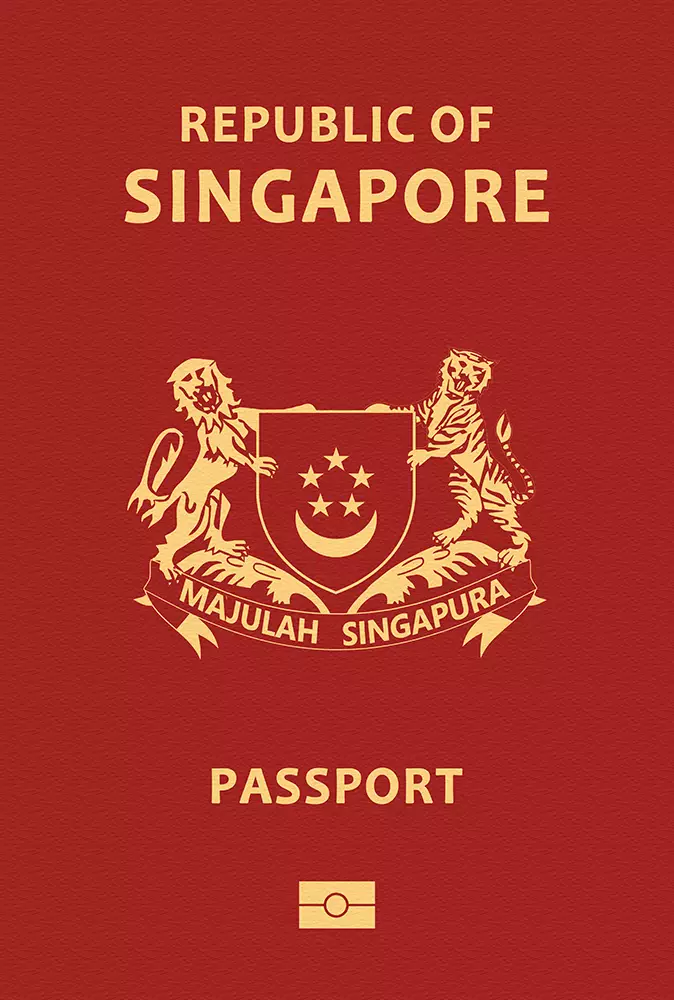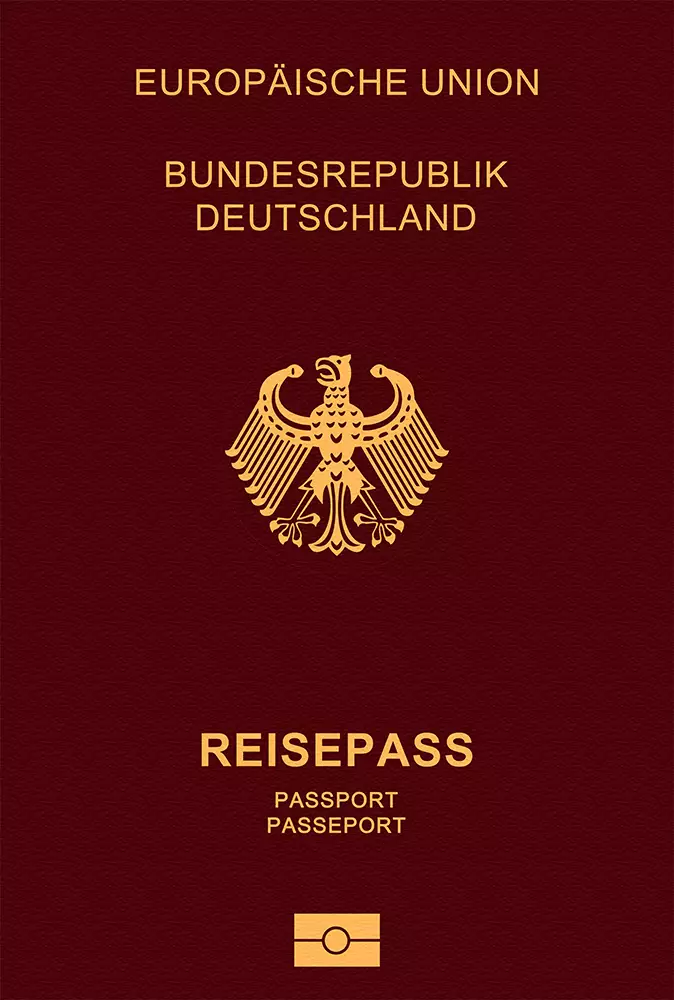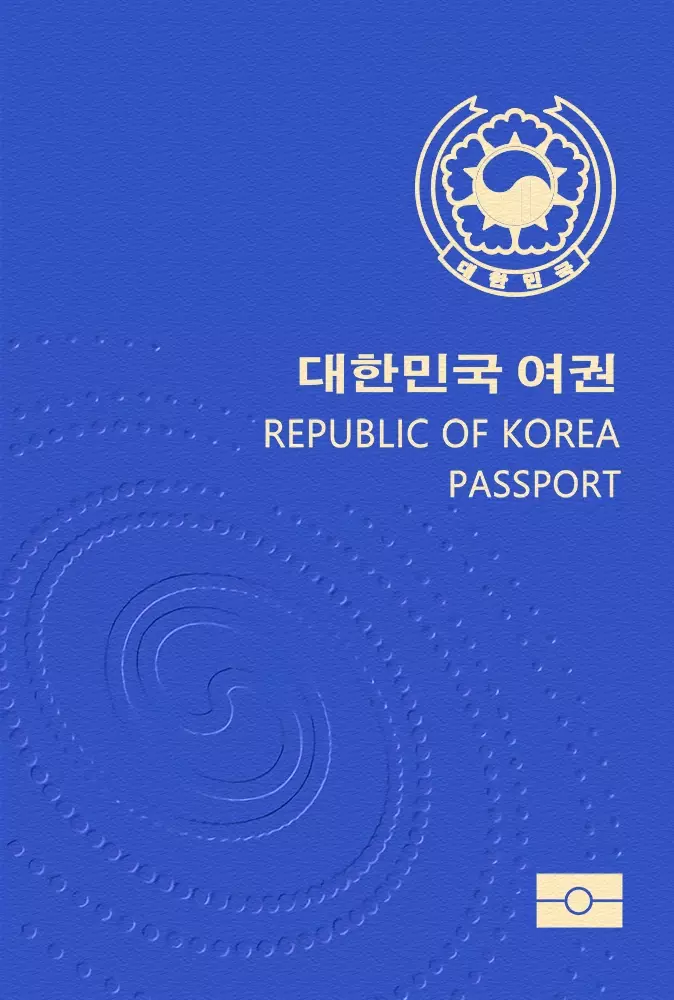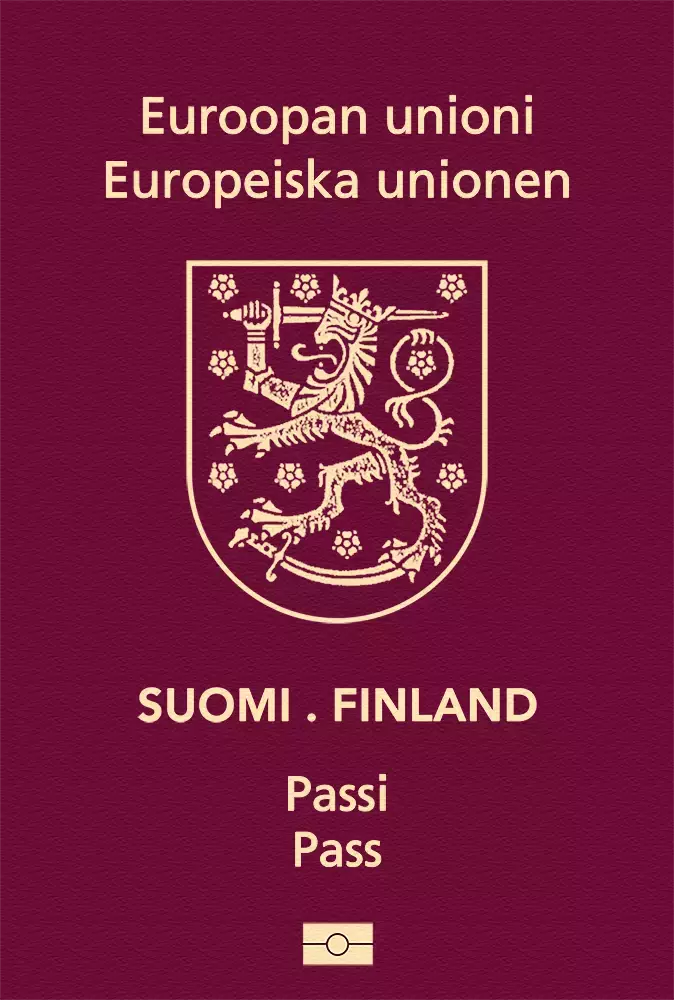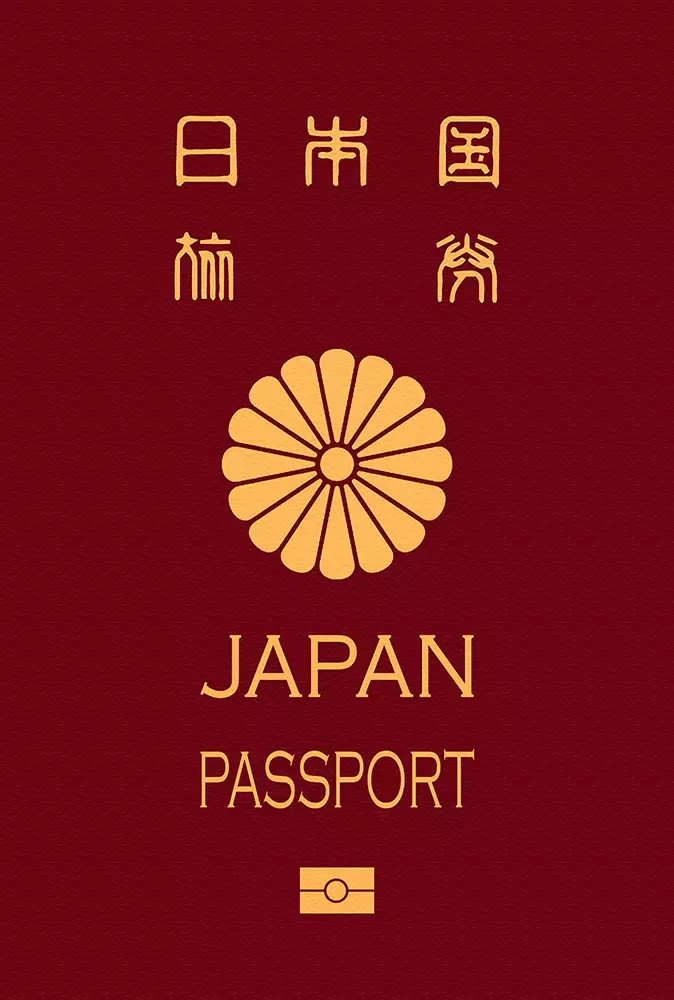A former Soviet nation, the Republic of Belarus is a landlocked nation. There are six administrative regions in all. Eastern Europe is where the nation is located. Russia, Lithuania, Poland, Ukraine, and Latvia are among the neighbors. Gomel, Mogilev, and Minsk are the three most significant administrative regions. The total area of Belarus is 207,595 square kilometers. For this reason, it was one of the smaller former Soviet Union nations. The majority of Belarus is flat, with several marshes. Its climate is halfway between maritime and continental. There are 9.4 million people living there overall. With two million residents, Minsk is both the nation's capital and most populated city.Gomel and Mogilev are two more significant cities. With 4.5 million passengers annually, Minsk National Airport (MSQ) is the biggest airport. Excellent flight connections are available from Minsk Airport to the whole former Soviet Union and beyond. Belarus's past as a Soviet state has had a significant impact on its culture. Though over 40% of people identify as atheists, Orthodoxy is the predominant religion. Belarusian and Russian are the two official languages. Civil law is the legal system. There is a presidential republican form of governance. Aleksandr Lukashenko, the elected president, is in charge of the administration, while Roman Golovchenko is the prime minister..Every five years, there are elections where the president is chosen directly by an absolute majority. The Belarusian Ruble (BYN), which is the national currency of the nation, is currently worth 3.29 US dollars. With an open economy, the nation produces a GDP of about $79.7 billion. The average income of its people is $8,570. The two main industries that comprise the majority of the GDP are industry and services. Belarus's principal export partners are the European Union and Russia. Its principal exports that contribute to GDP include machinery, oil, lumber, peat, and grain.With 1% annual growth rates, the GDP has been growing somewhat in recent years. There are many different urban and outdoor tourist sites in Belarus. It is well-known for its diverse cultural sites and expansive wilderness. There are four UNESCO World Heritage Sites there. The capital Minsk, the Braslav Lake Region, the Pushcha National Park, the renowned Mir Castle, the Brest Fortress, and the city of Grodno are a few of the important locations. A total of about 365,000 tourists visit the country each year. The majority of visitors are from Europe and Russia. Because there is no need for a visa, it is a highly well-liked location for travelers from the surrounding area.







































































































































































































































